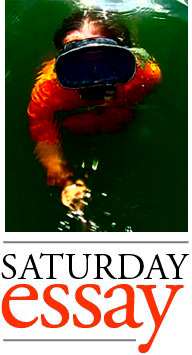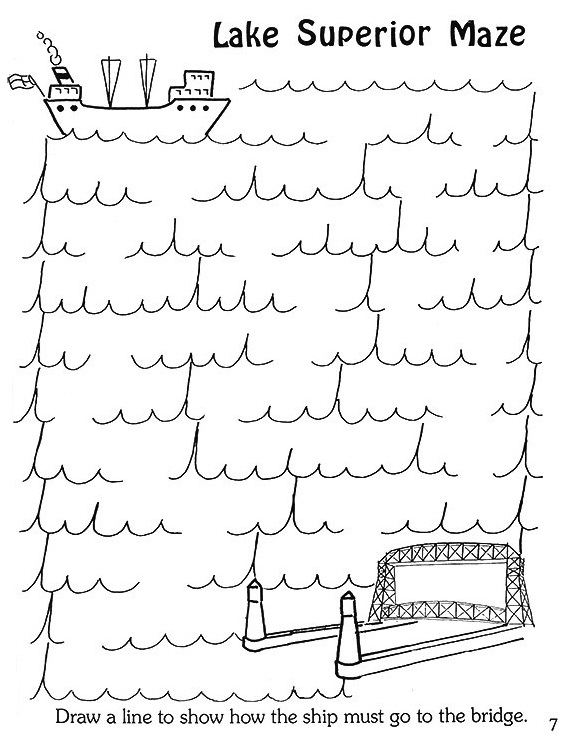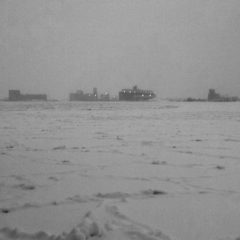 It would be possible to dive to the wreck of the Edmund Fitzgerald on the strength of a single breath. Even at the wreck’s depth of 530 feet, it might actually be safer to dive unsupported by scuba tanks than to scuba dive to it. This essay is intended to hypothetically explore the intersection of different types of diving, the wreck itself, and the lake in general. At a minimum, I am suggesting that the freediving possibilities of Lake Superior have not been fully explored.
It would be possible to dive to the wreck of the Edmund Fitzgerald on the strength of a single breath. Even at the wreck’s depth of 530 feet, it might actually be safer to dive unsupported by scuba tanks than to scuba dive to it. This essay is intended to hypothetically explore the intersection of different types of diving, the wreck itself, and the lake in general. At a minimum, I am suggesting that the freediving possibilities of Lake Superior have not been fully explored.
My interest is provoked because I utilize some freediving breath-hold techniques in my underwater videography as Lake Superior Aquaman. I have never scuba dived, and so I think of the lake in freediving terms. I do not intend to offend the families of the deceased by invoking the Fitzgerald tragedy. However, its iconic stature as a deep wreck in Lake Superior makes it ideal for these illustrative purposes.
I am not suggesting any actual dives to the Fitzgerald. For one thing, both freediving and scuba diving present significant risks, especially beyond 100 feet deep. Also, it has been illegal to dive to the wreck since 2006, unless approved by the Canadian government in whose waters it lies. This is because of successful lobbying by the victims’ families to keep the wreck sacrosanct.



































